Your Very First Flower Garden: How to Make it a Blooming Success
It’s difficult to overstate the physical and mental benefits of gardening, from enhancing strength and endurance to easing stress.
According to a Japanese study, the simple act of looking at plants can reduce fear, anger, and sadness while also lowering blood pressure, pulse rate, and muscle tension.
Flowers are particularly potent in this regard. In fact, another study (this one by Rutgers University in New Jersey) showed that the presence of flowers sparks positive emotions and feelings of life satisfaction.
You may be thinking, All of this sounds great… for people who can garden. I’d have no idea how to start, let alone maintain, a flower bed.
Well, think again. The benefits, and sheer delight, of spending time in a lush, colorful flower garden are well within your reach, even if you’re an absolute beginner.
We can help. We’ve compiled a straightforward guide with the essentials of creating and nurturing your first flower garden.
Selecting the perfect spot
First, you’ll need to find a suitable place to plant your flowers. We recommend starting with a small area, which will make tending to your garden more manageable. Aim for a space about 6 feet long and 4 feet wide, with at least one foot of depth for your plants' roots to grow.
Providing enough sunlight will be key. If possible, select a spot that gets at least six hours of sun a day.
You’ll also want a location that’s easy to water and access so you can enjoy your flowers.
Create a design
As you plan, consider your garden’s layout. The degree of planning is up to you, according to Vego Garden Horticulturist Sydney Fiene.
“Some people like to very carefully choose where every type of flower goes, and some people love the chaos,” she said. “I am part of the chaos community. It looks a lot fuller in my opinion, and it is way more fun.”
Whether you opt for a relaxed or more structured floral arrangement, grouping plants with similar growing requirements is beneficial.
Incorporating a focal point, like a birdbath, tree, or bench, can enhance your flower garden's beauty, too.
Select your flowers

Cosmos are a good choice for new gardeners
An important part of the planning process is choosing your flowers. Opt for blooms that will flourish in your garden's conditions, considering the amount of sun and shade. And, of course, select plants that will thrive in your region.
Fiene recommends starting with easy-to-grow flowers. Possibilities include:
- Sunflowers: They will grow in just about any soil type and can withstand drought-like conditions.
- Zinnias: While zinnias are slightly more challenging than sunflowers, they will regrow through the gardening season.
- Marigolds: They can grow in full sun or partial shade.
- Cosmos: If you’re a beginner, these flowers are your friend, Fiene said.
"These guys seem to actually do better in poor soil,” she said. "These are a go-to when you are trying to fill empty space or add some color to a neglected area.”
If you have a more specific goal for your garden, like attracting butterflies, do a bit of online research to guide your flower choices.
Keep in mind that flowers are categorized by annuals, which must be replanted each year; perennials, which live for more than two years; and biennials, which take two years to complete their life cycle, typically vegetating the first year and flowering the second. Select the type that aligns with your goals, Fiene suggests.
“This decision in my opinion really depends on if you want the same flowers every blooming season, or if you want to change it up,” she said.
Understand your soil
Your garden’s soil will play a major role in your garden’s well-being. Think about getting your soil tested to understand its type (clay, sand, silt, loam) and pH level (acidity).
Based on the test results, you might need to amend your soil with compost, peat moss, or other materials to improve its structure, fertility, and drainage.
For in-ground planting, remove weeds, rocks, and debris. Loosen the soil to about 12 to 15 inches deep and incorporate any necessary amendments.
When it comes to fertilizer, Fiene advises using a slow-release, organic option for most plants, including flowers.
Proper spacing and irrigation
Before planting, consult your seed packets or plant information for proper spacing guidelines.
Water your plants thoroughly after planting, then monitor soil moisture to maintain the right balance. When the soil 6 to 8 inches below the surface feels dry, it’s time to water again. Aim for a long soaking to make sure the moisture gets to your flowers’ roots.
Overcoming challenges
While creating a flower garden is doable for beginners, we would be lying if we told you that you’ll never face gardening challenges.
From what Fiene has said, getting the spacing right during planting is one of them.
“I like to use my yardstick, then pre-dig the correct spots,” she said.
It’s also possible that you’ll have to deal with pests and diseases.
“Lots of beginners tend to try and ignore these problems, but that does not mean they will disappear,” Fiene said.
If you do suspect something is interfering with your flowers’ health, and you’re not sure what it is or what to do, you can always turn to local experts, including your county extension agent, garden clubs, and the staff at local nurseries, for help.
Don’t give up
Remember, gardening is a learning process. You should expect to make some mistakes; that’s natural. But don’t be intimidated: You absolutely can create a beautiful space that’s good for your body, mind, and spirit.

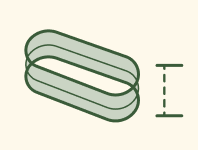
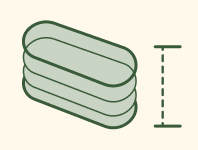
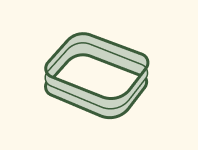
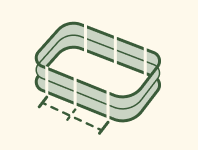
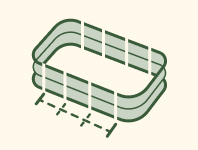
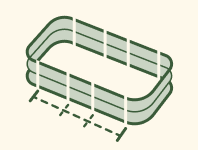
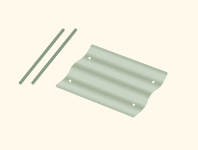




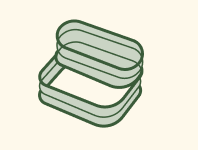


















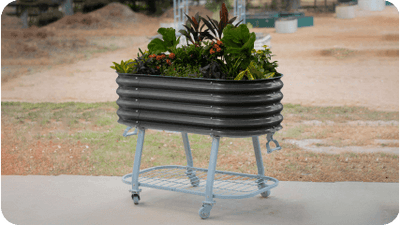








































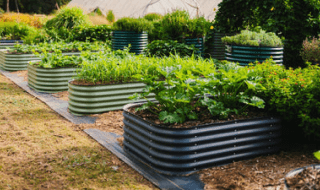
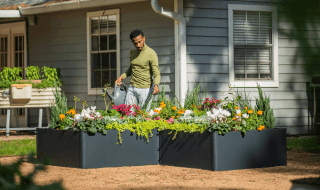
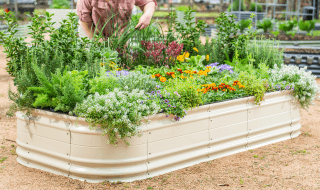
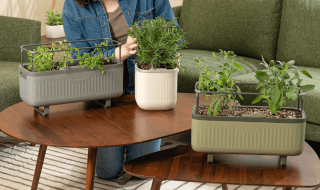
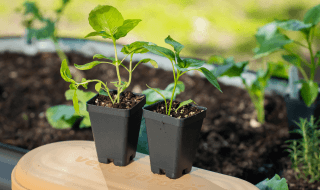
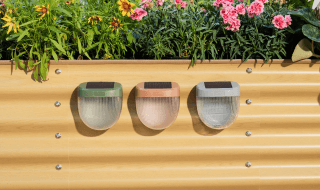
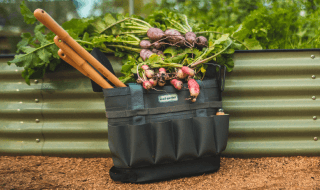
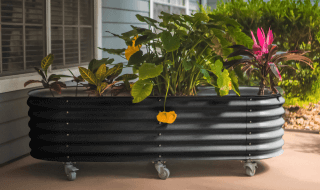







Leave a comment